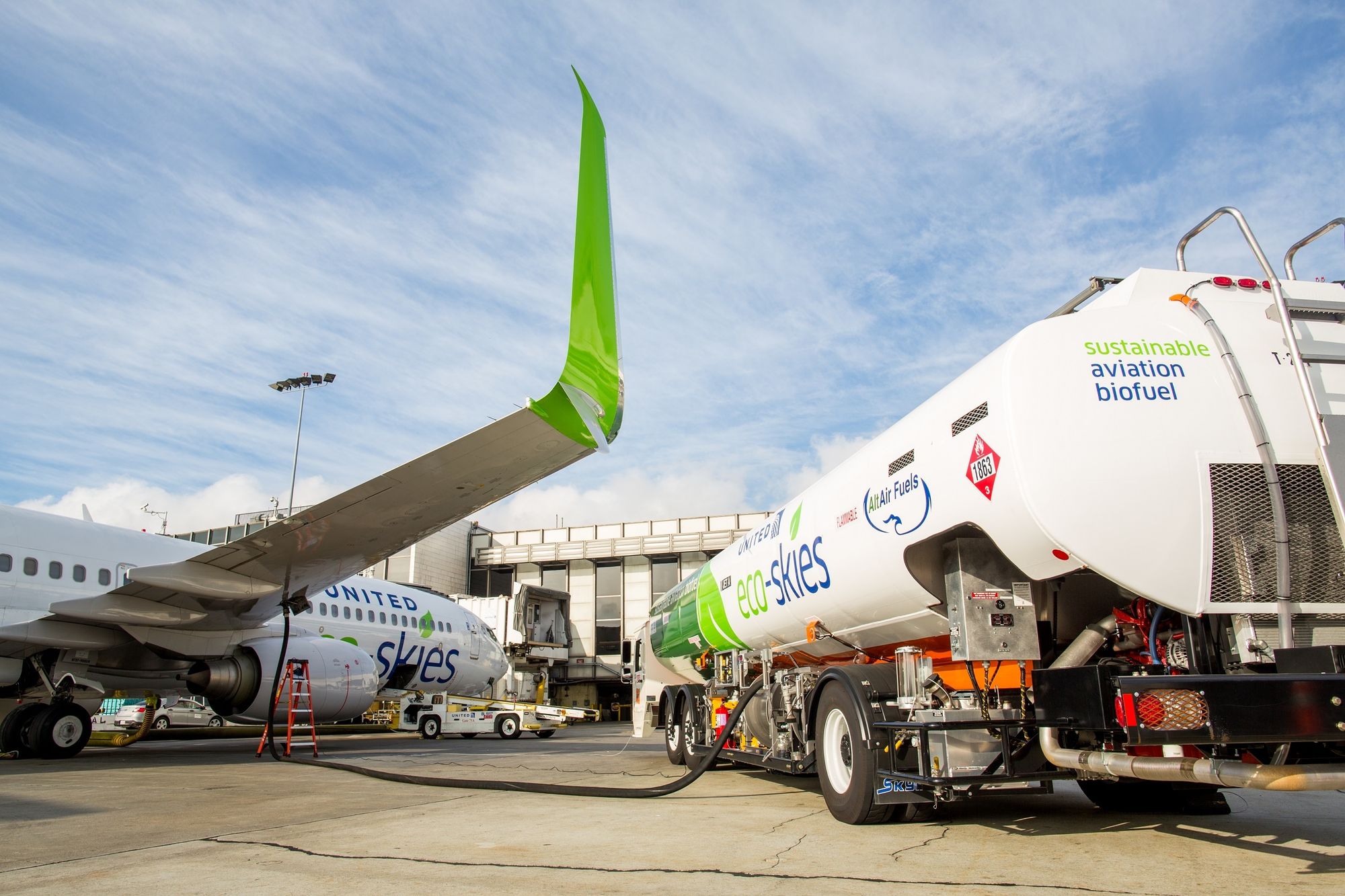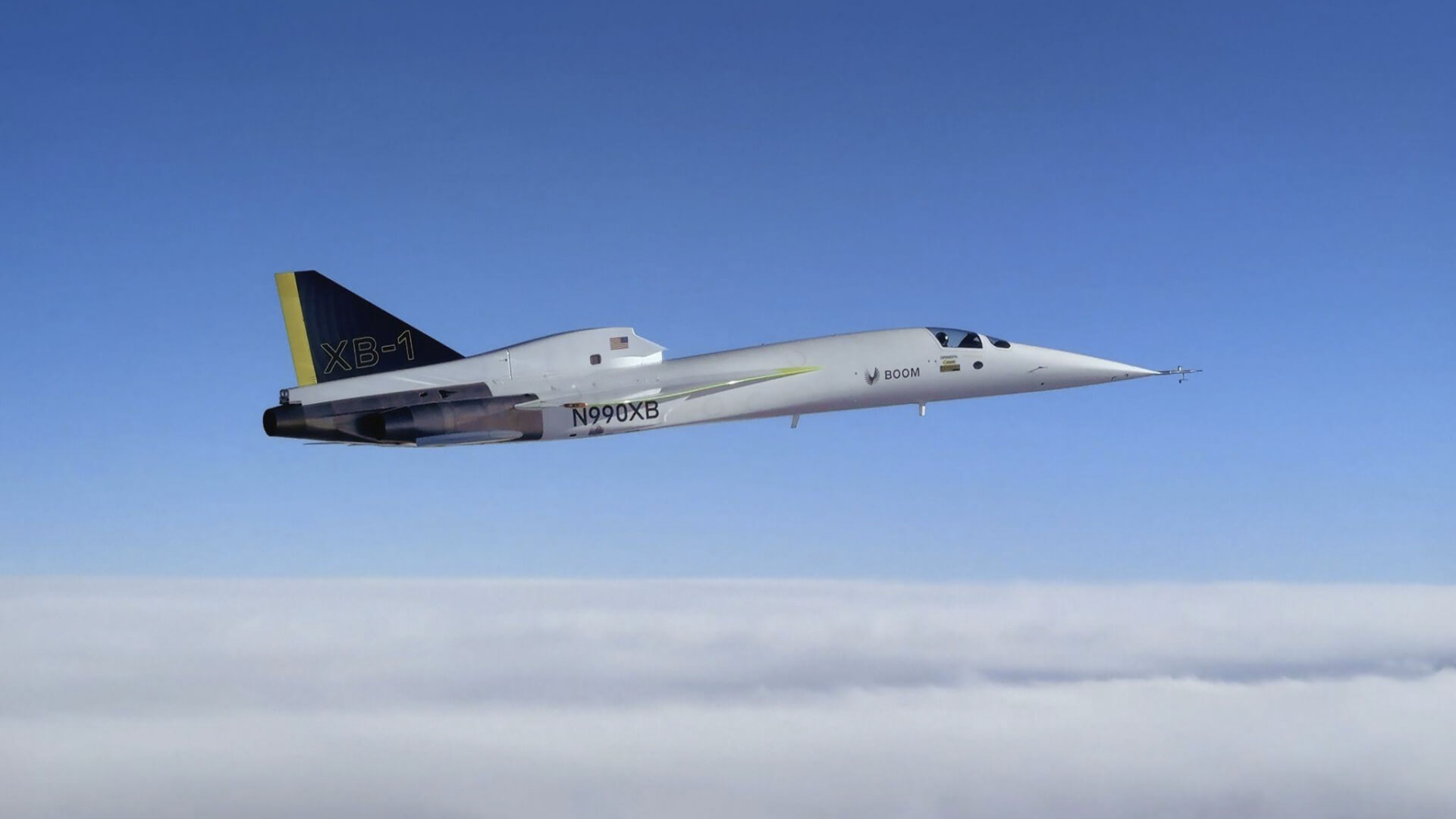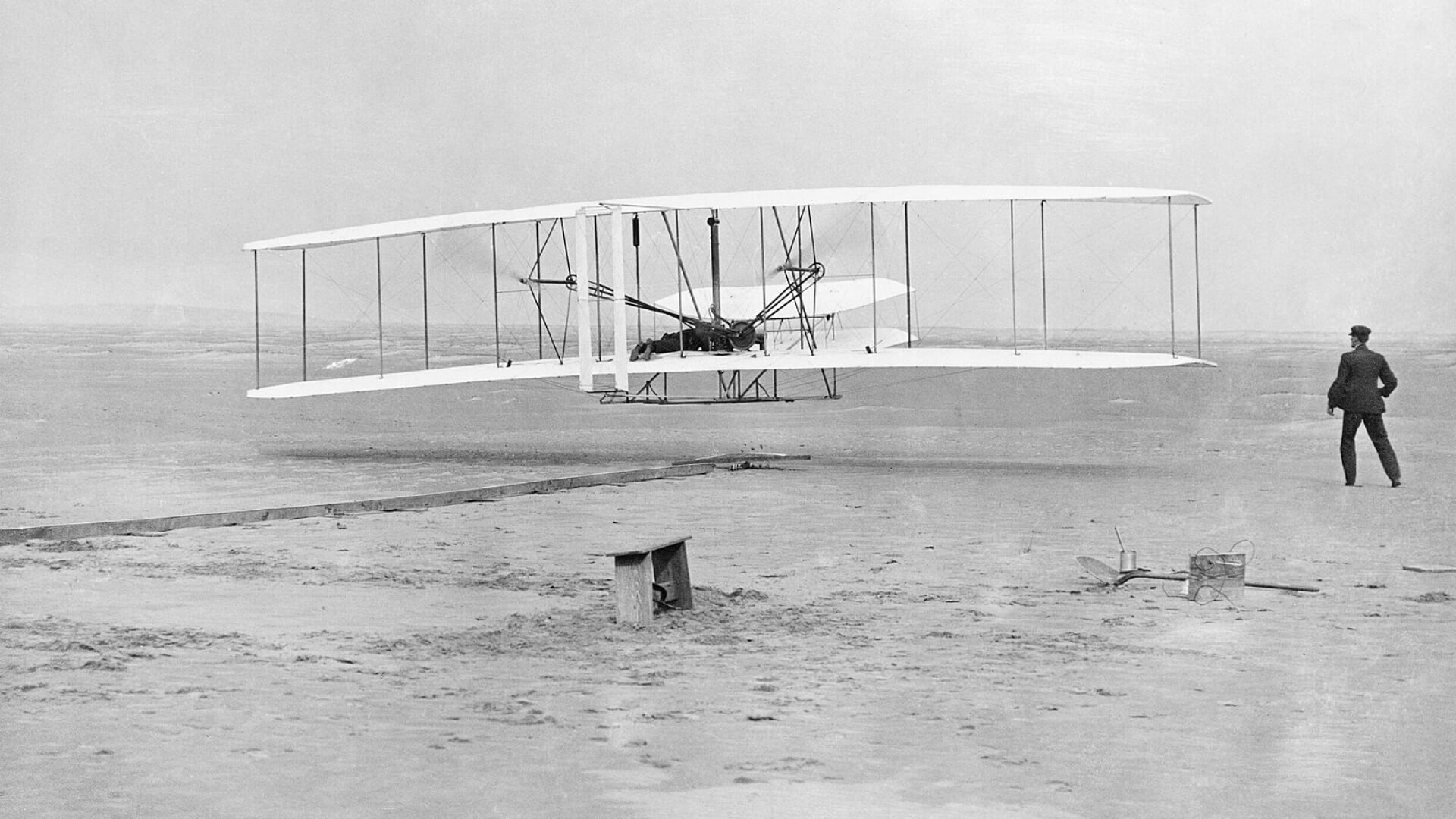When an aircraft earns its “airworthiness certificate,” it has the final stamp of approval from regulators. But certification is more than just a slip of paper. It’s a process that makes flying both safer and more sustainable.
Tom Peters, Boom’s director of aircraft certification, believes certification creates a ripple effect that benefits both people and the planet. With more than 40 years experience, including a long tenure at the Federal Aviation Administration (FAA), Peters has witnessed certification’s positive outcomes. Here’s his take on how it continuously improves the aviation industry.
Certification: making flying more sustainable
The certification process, whether it’s led by the FAA in the U.S. or abroad by organizations including Transport Canada, EASA in Europe, ANAC in Brazil, and JCAB in Japan, directly addresses sustainability. It establishes the regulations that control the emissions, including noise, that aircraft are allowed to produce. Those standards continue to evolve, yet have been around for decades.
Over the years, manufacturers have improved the environmental performance of engines — improving fuel efficiency and reducing noise. In tandem, regulators have made standards more stringent, placing stricter limits on carbon monoxide, oxides of nitrogen, small particles (smoke), and more.
The sustained upgrading of standards ensures that future produced aircraft provide the environmental benefits that both regulators and industry commit to deliver. It’s not acceptable to produce new aircraft with outdated engines.
In recent years, certification has also contributed to environmental protection through the development of sustainable aviation fuel (SAF).
Certification support played a key role in ensuring that the SAF produced today is compatible with existing engine and aircraft systems, and that these sustainable fuels can be used in a “drop-in” fashion, i.e., in the same manner as conventional jet fuel, without changes to the aircraft or airport facilities. (Click here to learn more about SAF.)

Certification: making flying safer
We’re currently living in the safest era of commercial flight, driven in large part by certification. Safety certification standards are always being improved. There is a new, significant rule nearly once a year.
A good example of these updates is cabin safety regulation improvements. Implemented in the late 1980s and early 1990s, the improvements changed the standards on aircraft cabin interior material flammability, as well as the structural requirements for cabin seats. The goal was to give passengers and crew more time to safely evacuate after a survivable accident, and to minimize the chance that anyone might suffer significant injuries.
Because the regulations started phasing into effect years ago, almost all aircraft in service today have these improvements. Their efficacy was proven in accidents in Toronto in 2005, and more recently, in Durango, Mexico in 2018. In both cases, the airplanes crashed and subsequently caught fire, yet all passengers and crew safely evacuated without significant injury.

Certification: harnessing the power of continual improvement
As technology progresses, and especially as new functions and systems are developed, it’s common for airworthiness authorities such as the FAA to update certification standards and to change operational regulations to require these improvements.
A good example of the impact of certification on safety is the implementation of enhanced ground proximity warning systems. They detect that the aircraft is in an unsafe position and altitude compared to the surrounding terrain, and provide a timely warning to the pilots. For the most part, the systems eliminated “controlled flight into terrain” (CFIT), which for decades was the most common reason for transport category accidents.
Another example is the evolution of the standards used to protect aircraft structure from failure due to metal fatigue — when an airframe weakens over time. The FAA’s continual evolution of those certification standards since the early 1950s has resulted in very sophisticated certification methods, as well as improvement in structural maintenance programs that make failures much more unlikely compared to the past.

Certification: supporting new technologies
Even though certification does not have specific environmental standards for areas outside of noise and emissions, it provides significant benefits by facilitating the introduction of new technologies that bring environmental benefits.
One example is the development of fire extinguishing agents that are not based on Halon, an agent that contributes to the diminishment of the ozone layer. It’s a global effort. The FAA has been involved in the effort through the International Aircraft Systems Fire Protection Working Group (IASFPWG) since 1993.
Thanks to significant investment in technology development, new airplanes today come with handheld lavatory fire extinguishers that use agents that are not based on Halon — and hence do not adversely affect the ozone layer. In the case of engine and cargo compartment fire extinguishing systems, research is currently underway to develop new, alternative agents for those as well.
Certification: the key is collaboration
We tend to think of certification as a one-time process, but for aircraft it’s a collaborative effort that spans several years. For an aircraft manufacturer such as Boom, it begins with identifying a pathway for certification, then continually working together with regulatory agencies throughout design, ground testing, and flight testing of prototypes. The end result of this process has cemented aviation’s standing as the safest form of long distance transport the world has ever known.
Interested in learning more about Overture’s path toward aircraft certification? Tom Peters walks us through the steps leading to commercial operation in Aircraft Certification 101.







